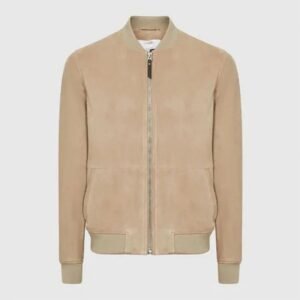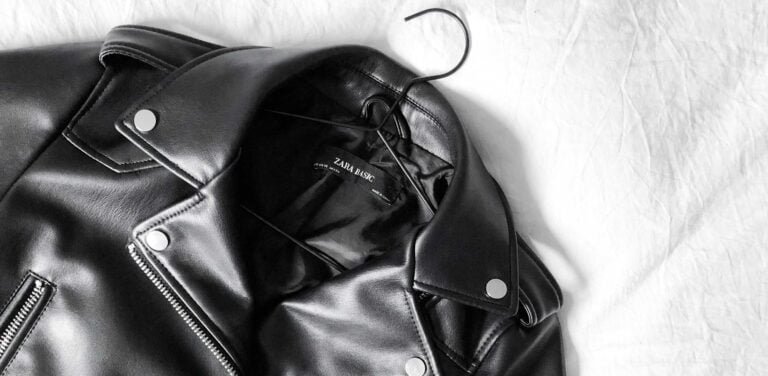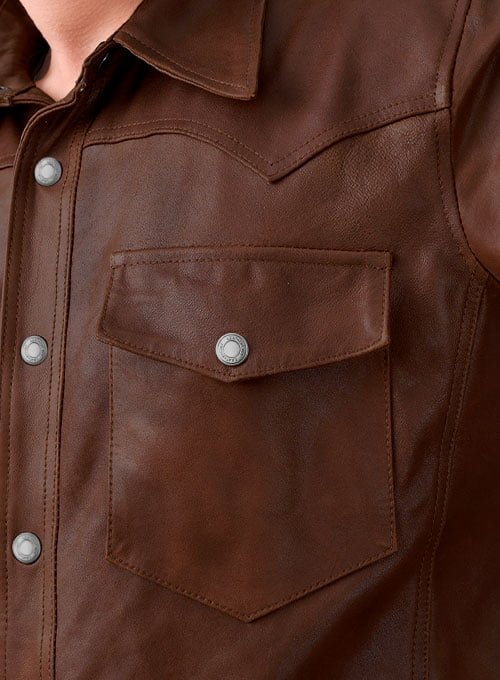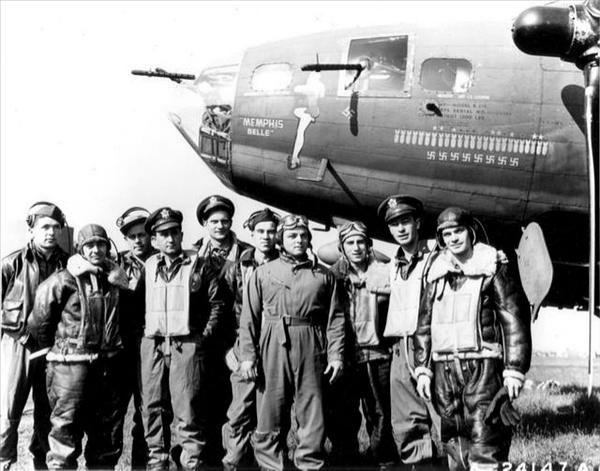What Is Bomber Jacket Material?
History and Evolution of Bomber Jacket Materials
The bomber jacket, a staple in both military and civilian wardrobes, has a rich history dating back to World War I. Initially designed for pilots, these jackets were essential for keeping airmen warm in the open cockpits of fighter planes. The early bomber jackets, also known as flight jackets, were crafted from heavy-duty leather and lined with wool. These materials were chosen for their exceptional durability and insulation properties, ensuring that pilots remained protected from the harsh, frigid conditions at high altitudes.
During World War II, the design and materials of bomber jackets evolved. The U.S. Army introduced the B-3 bomber jacket, which featured sheepskin leather with a shearling lining. This combination provided even greater warmth and comfort. Additionally, the A-2 jacket became iconic, known for its horsehide leather construction and knitted cuffs and waistband, which helped to keep the cold air out.
As the war ended and the bomber jacket transitioned from military to civilian use, the materials and designs began to adapt to new needs and fashion trends. The 1950s saw the introduction of nylon as a material for bomber jackets, particularly in the MA-1 style. Nylon offered a lightweight, water-resistant alternative to leather, making it more versatile for everyday wear. The bright orange lining of the MA-1, initially intended for visibility in case of emergency, became a distinctive feature of the jacket.
In the following decades, technological advancements and shifting fashion sensibilities continued to influence the materials used in bomber jacket production. Synthetic fibers, such as polyester and nylon blends, became popular for their durability and ease of maintenance. Designers began experimenting with various fabrics, including suede, satin, and even lightweight cotton, to create bomber jackets suitable for different climates and style preferences.
Today, the bomber jacket remains a versatile and fashionable garment, with materials ranging from traditional leather and wool to modern synthetics and innovative textiles. This evolution reflects the jacket’s journey from a practical military necessity to a beloved fashion icon, adaptable to the changing needs and tastes of society.
Modern Materials Used in Bomber Jackets
The evolution of bomber jackets has seen a significant shift in the materials employed in their construction. Today, a variety of fabrics are used, each offering unique benefits and some drawbacks. Among the most common materials are nylon, polyester, and cotton blends.
Nylon is a popular choice due to its durability and lightweight nature. It is also water-resistant, making it suitable for various weather conditions. However, it may not be as breathable as other materials, which can be a drawback in warmer climates. Polyester, another synthetic option, shares many of nylon’s advantages. It is lightweight, easy to maintain, and resistant to shrinking and stretching. However, like nylon, it may lack breathability and can sometimes retain odors.
Cotton blends, on the other hand, offer a balance between comfort and durability. These blends often incorporate synthetic fibers to enhance the fabric’s overall performance. Cotton itself is breathable and comfortable, but when blended with materials like polyester, it gains added durability and wrinkle resistance. The primary drawback is that cotton blends may not be as water-resistant as their synthetic counterparts.
In recent years, there has been a growing emphasis on eco-friendly and sustainable materials in the fashion industry. Recycled fabrics and organic cotton are becoming more prevalent in the manufacture of bomber jackets. Recycled polyester, made from post-consumer plastic bottles, offers an environmentally friendly alternative while maintaining the benefits of traditional polyester. Organic cotton, grown without synthetic pesticides or fertilizers, provides a sustainable option that is gentle on the skin and the environment.
The interior linings and fillers of bomber jackets also play a crucial role in providing warmth and comfort. Materials like fleece, shearling, and down are commonly used. Fleece is lightweight and provides excellent insulation, while shearling offers a luxurious feel and superior warmth. Down, known for its exceptional insulation properties, is often used in high-end bomber jackets, though it requires careful maintenance.
Modern technology and innovative fabric treatments are further enhancing the functionality and style of bomber jackets. Water-repellent coatings, breathable membranes, and advanced synthetic insulation are just a few examples of how contemporary advancements are being integrated into bomber jacket designs. These innovations not only improve performance but also contribute to the versatility and appeal of the bomber jacket in today’s fashion landscape.






